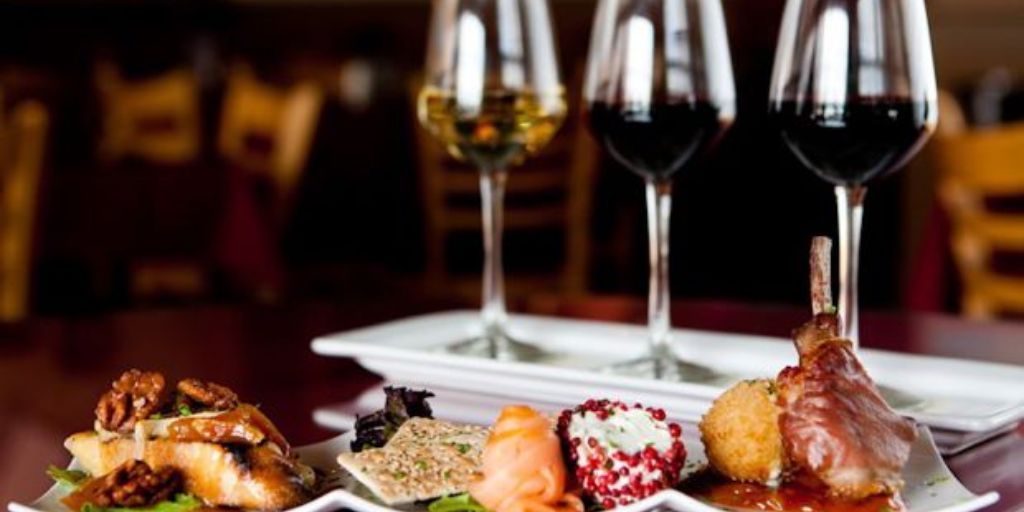Hosting a wine and food pairing dinner is a fantastic way to explore the harmonious relationship between wines and dishes while sharing a memorable experience with friends or family. Whether you’re a seasoned oenophile or just beginning to appreciate the magic of pairing, a well-planned pairing dinner can elevate your enjoyment and deepen your knowledge.
Organizing a successful wine and food pairing dinner involves thoughtful planning, understanding key pairing principles, careful selection of wines and dishes, and smooth execution. This guide will take you through each step, helping you create an unforgettable evening that delights the palate and sparks great conversation.
Step 1: Set the Date and Guest List
Start by choosing a date that works well for you and your guests. Keep the group intimate—ideally 6 to 10 people—to foster interaction without overwhelming the table. Send invitations well in advance and ask guests about dietary preferences or allergies to accommodate everyone comfortably.
Step 2: Decide on a Theme or Focus
Having a theme can make your dinner more cohesive and fun. Some popular ideas include:
-
Regional focus: Pair wines and dishes from the same country or region (e.g., Italian wines with Italian cuisine).
-
Grape variety: Showcase different wines made from a single grape, like Cabernet Sauvignon or Riesling.
-
Seasonal ingredients: Highlight fresh seasonal produce paired with complementary wines.
-
Wine style: Explore sparkling wines, rosés, or natural wines paired with suitable foods.
A clear theme helps guide your wine and menu choices, creating a unified tasting experience.
Step 3: Plan the Menu and Wine Pairings
The heart of your dinner is the pairing itself. Here’s how to plan:
Choose Courses and Dishes
Decide how many courses you want—3 to 5 is common for pairing dinners. Each course should be balanced in flavors and textures, providing a canvas for the wine to shine.
Typical courses include:
-
Appetizer
-
Soup or salad
-
Main course
-
Cheese course
-
Dessert
Select Wines to Match
Select wines that complement or contrast each dish to enhance both flavors. Consider:
-
Acidity: High-acid wines pair well with fatty or rich foods.
-
Tannins: Wines with firm tannins match protein-rich dishes like red meat.
-
Sweetness: Sweet wines balance spicy or salty foods.
-
Body: Lighter dishes suit lighter wines; heavier dishes pair with fuller-bodied wines.
Example Pairing Ideas
-
Fresh goat cheese with Sauvignon Blanc
-
Seared scallops with Chardonnay
-
Roast chicken with Pinot Noir
-
Grilled steak with Cabernet Sauvignon
-
Dark chocolate dessert with Port or late-harvest Zinfandel
Step 4: Purchase and Prepare Wines
Once your menu and pairings are set, purchase the wines ahead of time. If possible, chill whites and sparkling wines appropriately (usually 45–55°F) and bring reds to the right serving temperature (typically 60–65°F). Have wine glasses suited to each type of wine and open bottles just before serving to preserve freshness.
Step 5: Prepare and Serve Food with Care
Food preparation should be timed so that dishes are served fresh and at the right temperature. Portion sizes should be small, especially if offering multiple courses, so guests can enjoy the full progression without feeling overwhelmed.

Presentation matters—serve dishes attractively to heighten anticipation and enjoyment.
Step 6: Create a Comfortable Atmosphere
Set the mood with simple but thoughtful touches:
-
Use clean, elegant table settings with appropriate glassware and utensils.
-
Keep lighting soft and warm.
-
Play gentle background music to encourage conversation.
-
Provide tasting notes or menus that describe each wine and dish to guide guests.
Step 7: Guide Guests Through the Pairings
As the host, share a few words about each wine and dish before serving. Explain why they’re paired, what flavors to expect, and encourage guests to note how the pairing changes their perception of each component.
Encourage open discussion and tasting comparisons among guests to make the evening interactive and educational.
Step 8: Be Flexible and Have Fun
Pairing dinners are as much about enjoyment and discovery as they are about precision. Be ready to adjust if a pairing isn’t quite working, and focus on creating a relaxed, convivial environment.
Additional Tips for Success
-
Balance complexity: Avoid overly complicated dishes or obscure wines that might confuse guests.
-
Serve water and palate cleansers: Provide water and mild palate cleansers like plain bread or crackers to reset between courses.
-
Consider dietary restrictions: Offer alternatives for guests with dietary needs to ensure everyone enjoys the evening.
-
Keep notes: Jot down which pairings were most successful for future reference.
Sample 4-Course Wine and Food Pairing Menu
Course 1: Appetizer
Dish: Fresh oysters with lemon and seaweed salt
Wine: Champagne or sparkling wine
Why it works: The acidity and bubbles cleanse the palate and complement the briny oysters.
Course 2: Salad
Dish: Goat cheese and beet salad with citrus vinaigrette
Wine: Sauvignon Blanc
Why it works: The wine’s bright acidity balances the creamy cheese and earthy beets.
Course 3: Main Course
Dish: Herb-crusted roast chicken with roasted vegetables
Wine: Pinot Noir
Why it works: The wine’s light tannins and red fruit flavors enhance the chicken without overpowering it.
Course 4: Dessert
Dish: Dark chocolate mousse
Wine: Ruby Port
Why it works: The richness of Port complements the bittersweet chocolate, creating a luscious finish.
Conclusion
Organizing a wine and food pairing dinner can be a rewarding and enjoyable experience that brings people together over shared flavors and stories. With thoughtful planning, a clear theme, and attention to detail, you can create an evening that delights the senses and fosters memorable connections.
Whether you’re hosting a casual gathering or a formal event, the key is to balance flavors, keep the atmosphere warm and welcoming, and most importantly—have fun exploring the wonderful world of wine and food pairings!


